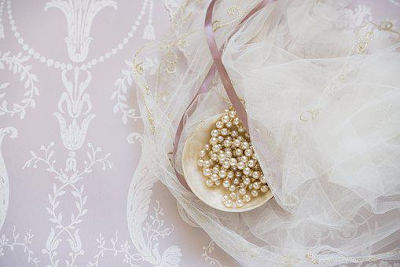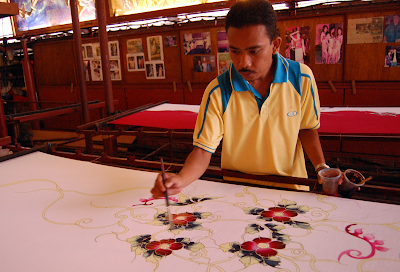Featured
- Get link
- X
- Other Apps
ANGORA
Though authentic angora fiber comes from the hair of the Angora rabbit, there is significant uncertainty about what exactly is angora fiber due to the fact that the word "angora" is used by more than one species.
Angora rabbits and Angora goats generate angora and mohair fibers, respectively.
Angora varies from rabbit hair, which is a fiber derived from the ordinary rabbit, in that it is longer and more flexible, making it ideal for luxury fabrics.
Every year, each rabbit generates between ten and sixteen ounces of luxuriously silky fiber.
When the hair is three to five inches long, the rabbits are cut with scissors, sheared with electric clippers, or plucked by hand.
Because of the prickly fur-like texture of the fabric, plucking takes the free hair from the rabbit and provides the best grade of angora wool.
Some countries consider plucking to be barbaric and have made it illegal.
In various aspects, angora fiber varies from sheep's wool.
Angora fibers, unlike wool, do not contain scales on their surface.
This reduces the possibility of felting (the irreversible interlocking of strands) shrinkage and makes the fibers more slippery.
The diameter of an angora fiber is roughly 11 microns (1/25,000 of an inch).
Only the finest wool has a diameter that is comparable to angora.
In comparison to wool, angora fiber has a low density (weight) of 1.15 to 1.18 grams per cubic centimeter.
Because angora fibers are stiff, they are difficult to spin into yarn.
Wool, on the other hand, has a crimp and a molecular structure that makes it incredibly elastic.
Combining angora with wool makes spinning simpler and keeps the angora in the yarn structure.
Short angora fibers find their way out of the yarn and shed from the fabric throughout the life of the garment.
The air-filled chambers in angora's tiny diameter threads provide warmth without adding weight.
Because the fabric easily transfers moisture, clothing feel dry, toasty, and pleasant.
The characteristics of angora are useful not only for attractive clothing, but also for therapeutic garments for persons suffering from joint problems.
Knitted sweaters, caps, gloves, and undergarments for autumn and winter are among the items made using angora fiber.
Although white is the finest grade commercial angora fiber, it is also available in various attractive hues such as gray, fawn (a pale grayish brown), brown, and black.
Due to the fact that angora does not absorb dye well, the dyed fiber is frequently lighter in color than the other fibers in the mix.
Angora fiber comes in five different grades.
- The first four demand that the fiber be white, spotless, and free of knots or mats.
- The lengths differ by grade: grade one is 2 to 3 inches long, grade two is 1.5 to 2 inches long,
- grade three is 1 to 1.5 inches long,
- and grade four is any length.
- Grade five may be any color and can be matted or unmatted, and it can be dirty.
Small-scale producers often use naturally colored angora fiber in their clothes.
North Africa and France were the first places where Angora rabbits were bred.
China produced 90% of the world's output in the early twenty-first century.
Argentina, Chile, Hungary, France, and India were among the other countries that produced angora.
See also:
Felt; Fibers.
References And Further Reading:
Spalding, K., and C. McLelland, eds., Angora Handbook. 2nd ed. Morgan Hill, Calif.: Northern California Angora Guild, 1991.
- Get link
- X
- Other Apps














